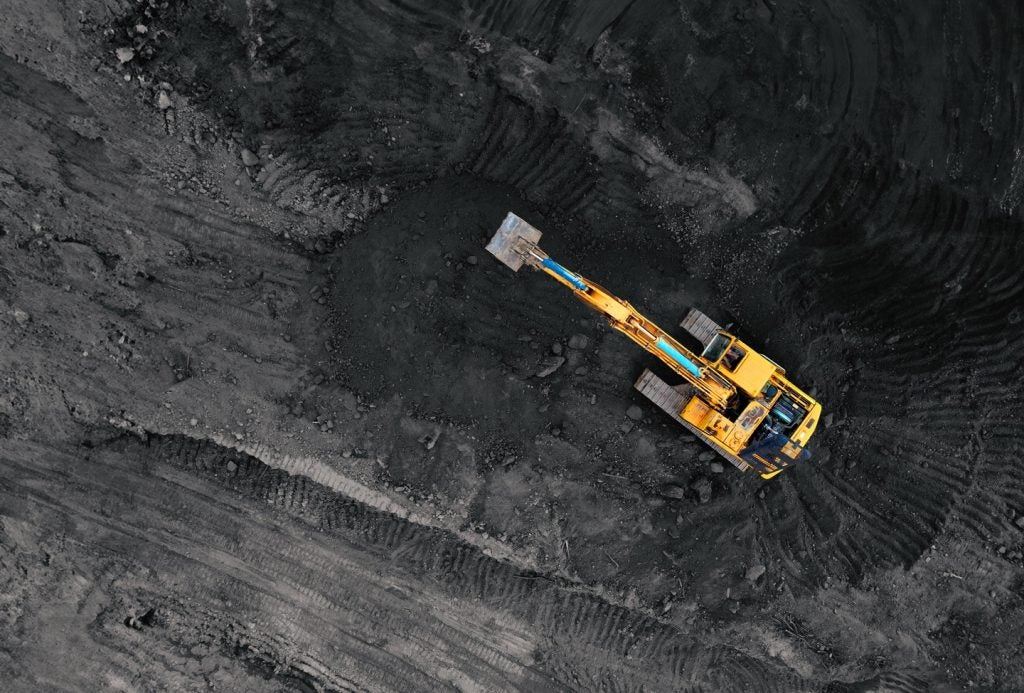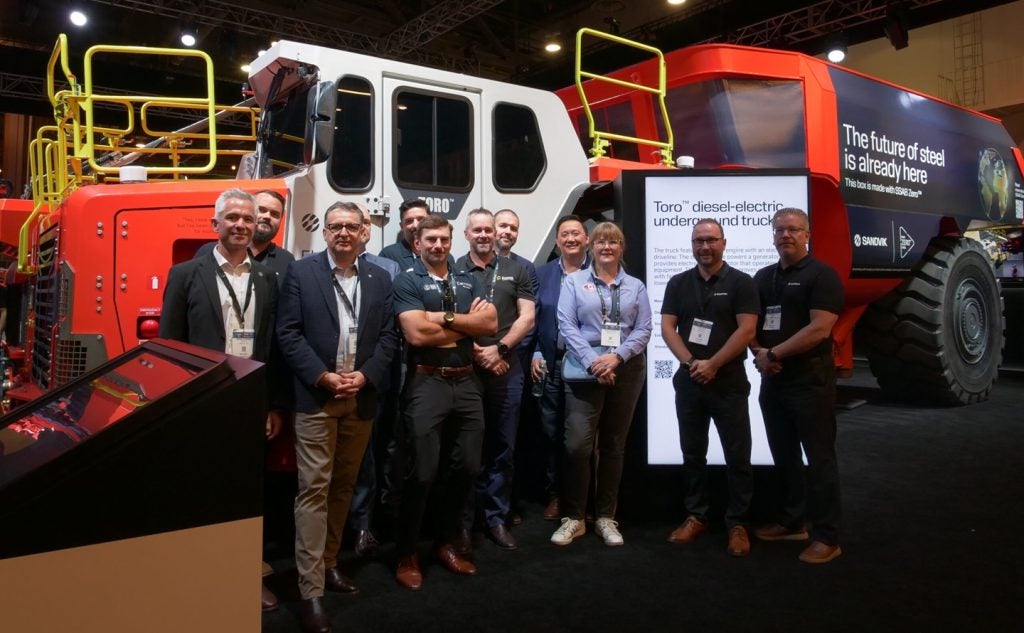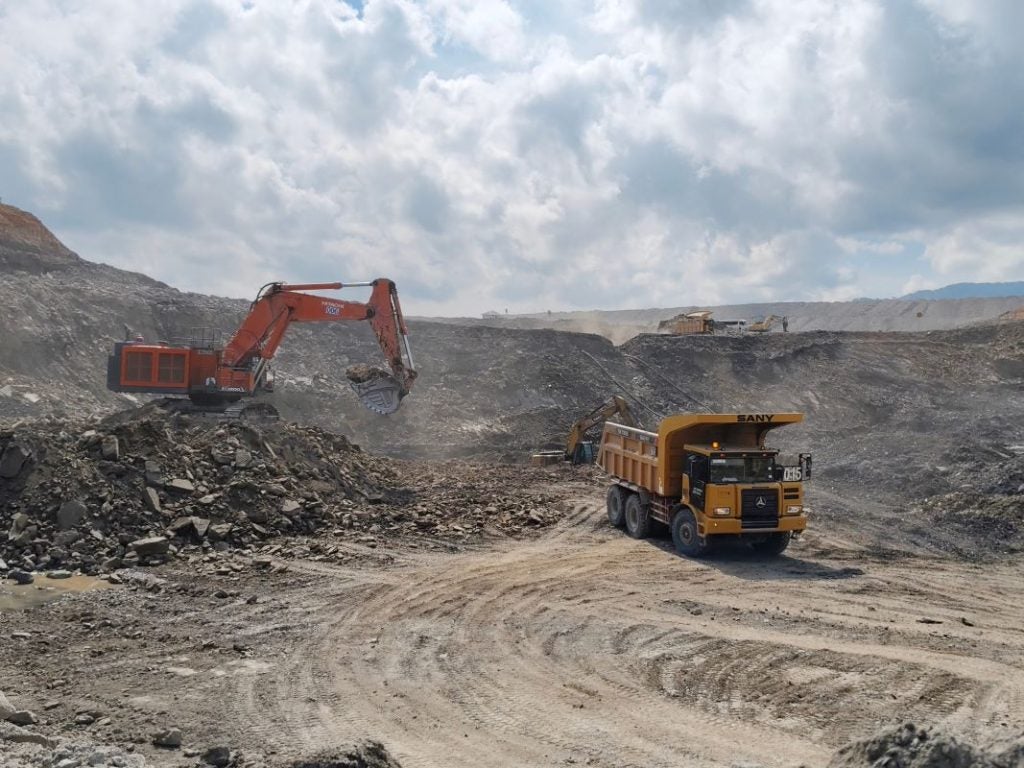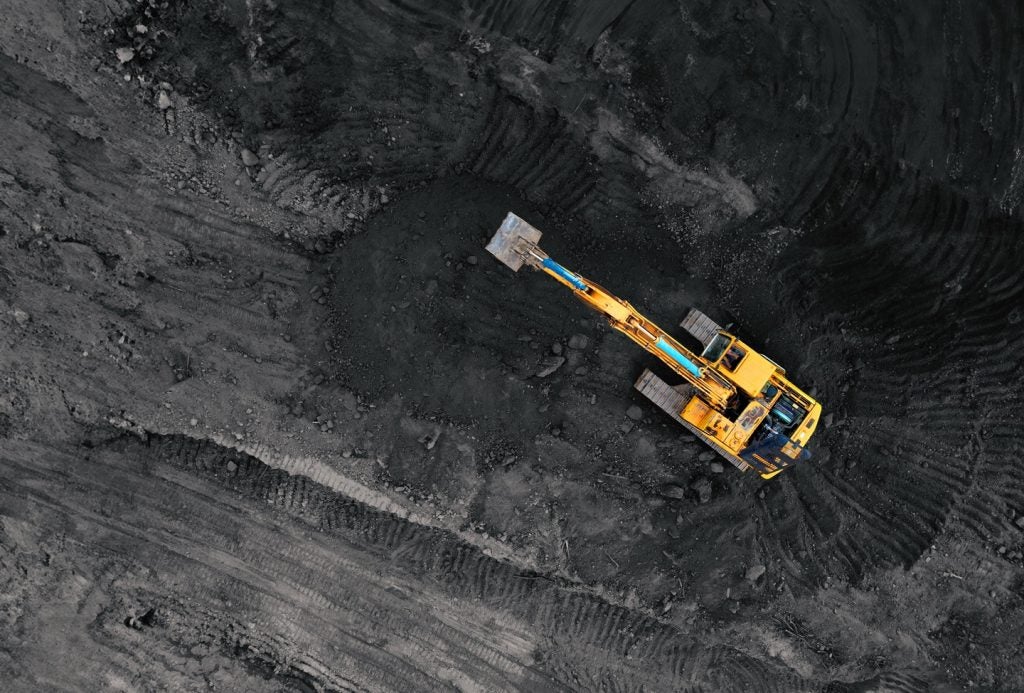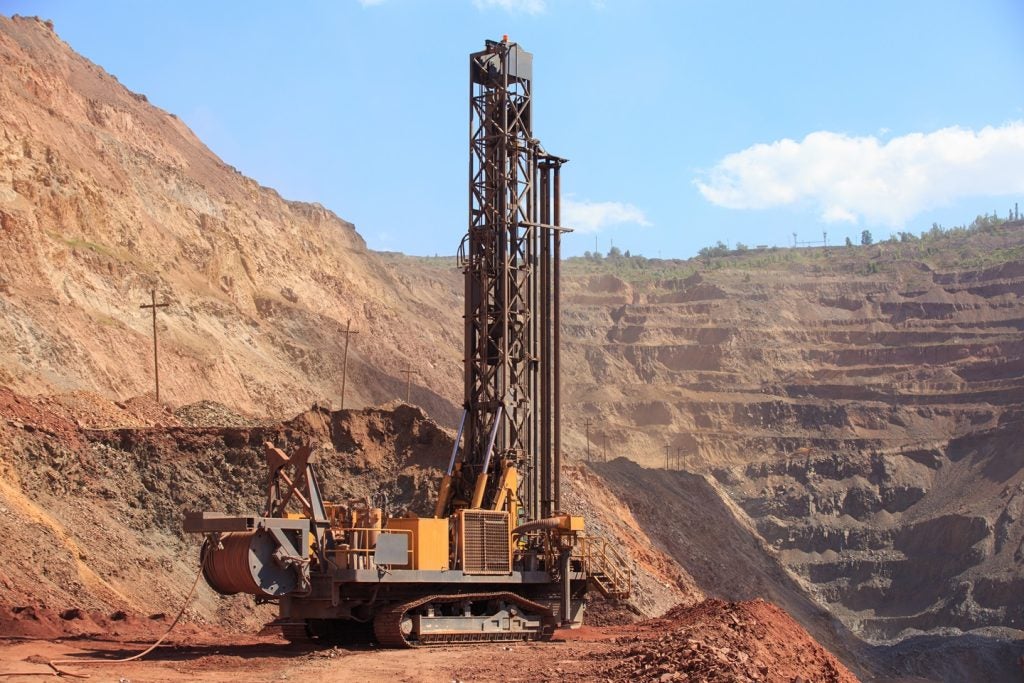While many sectors are still experimenting with AI, mining is already reaping substantial benefits from the use of autonomous vehicles, autonomous equipment, and advanced data analytics. Among AI’s most promising applications in mining is improving productivity—a key focus as mining operations face challenges like mineral scarcity, increasing demand, longer haul distances, and rising costs for materials and labour. AI will be essential to overcoming these obstacles.
Boosting productivity with AI
Predictive maintenance is one of the most impactful AI applications for enhancing productivity in mining. When a piece of machinery is on the verge of failure, it exhibits various signs, such as increased vibrations, overheating, and loss of power. Machine learning can process and understand this data in real time, using it to predict when a machine is about to fail and stop it from operating before it does so, improving productivity. A 2024 Siemens report revealed the world’s 500 largest companies lose nearly $1.4tn annually due to unplanned downtime, equivalent to 11% of their revenues. Predictive maintenance systems can minimise such costs for mining companies while also preventing costly capital expenditure on equipment in cases where assets are irreparable.
AI also plays a key role in optimising mining operations. AI algorithms can continuously monitor equipment across various metrics, making real-time adjustments to enhance efficiencies. BHP and Microsoft have partnered to optimise ore processing and grade recovery at Escondida, Chile, the world's largest copper mine. Escondida’s concentrator operators adjust operational variables that affect ore processing and grade recovery by using real-time data from the concentrators in combination with AI-based recommendations from Microsoft’s Azure platform. AI systems can also identify various types of metals more accurately and efficiently than traditional methods, boosting productivity.
Crewed machines must stop for shift changes and breaks, but autonomous vehicles only need to stop for fueling or maintenance, running as long as necessary. There is no risk of drivers getting bored or tired while performing repetitive tasks, so human error is non-existent. This means the machinery can work 24 hours a day at peak performance. As of July 2024, GlobalData tracked 2,080 autonomous haul trucks operating on surface mines globally, with BHP and Rio Tinto leading in their deployment. While automating mining equipment and vehicles boosts productivity, increasing digitalisation in mining operations also raises the risk of cyberattacks. Therefore, mining companies must invest in strong cybersecurity measures to safeguard against crippling attacks.




